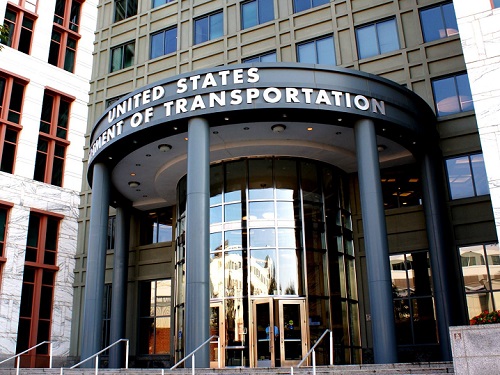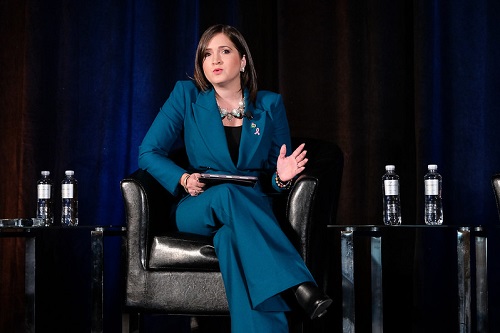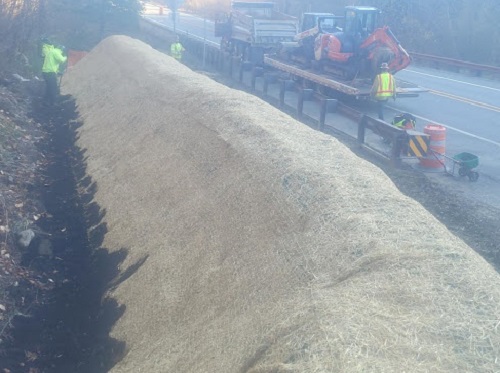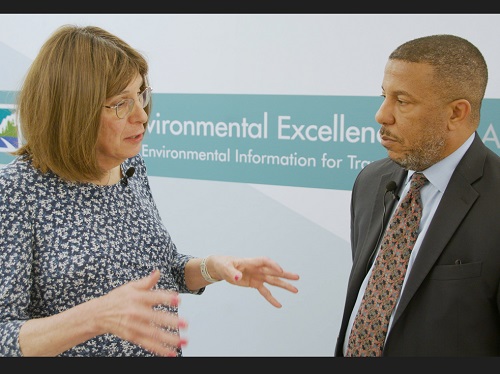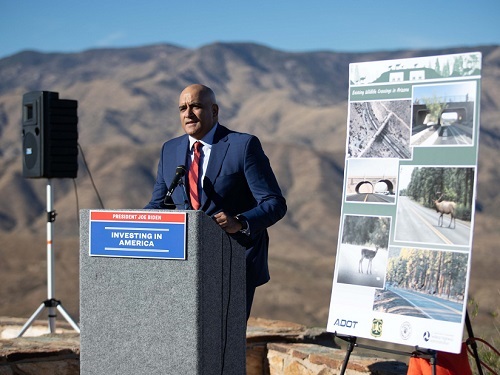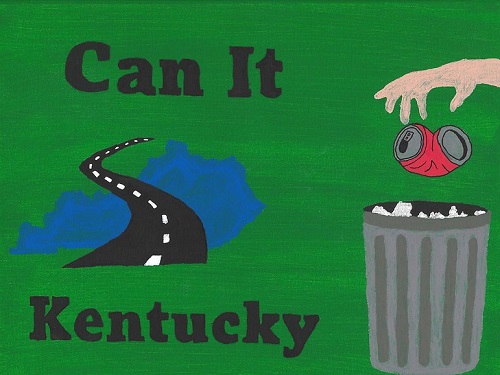FEDERAL ACTION
AASHTO Seeks to Defer ‘Buy America’ Rules for EV Systems -AASHTO Journal
AASHTO Comments on Proposed Air Quality Rule Changes -AASHTO Journal
The Climate Lawsuit Three Presidents Tried to Kill Is Finally Going to Court –Heatmap
Want More Transit (and Federal Funding)? Build Housing That Supports It –CityLab
The Electric-Vehicle Transition Is Quietly Surging Ahead -American Prospect
The Invisible Railroad Problem -Trains (analysis)
INFRASTRUCTURE RESILIENCE AND SUSTAINABILITY
Why Cities Are Turning to Climate Change Dashboards -Government Technology
Electric vehicle sales are slowing. No need for panic yet, insiders say. -ABC News
Wyoming DOT gauges interest in electric vehicle charging stations -Wyoming News Exchange
Critical Infrastructure Is Sinking Along the US East Coast –Wired
Wider bike lanes (and no more door-zones!) coming to N Willamette this year –BikePortland
AIR QUALITY
How Google Is Using AI To Help Seattle Reduce Traffic And Emissions -CBS Evening News
California’s Plan to Phase Out Gasoline-Only Vehicles Faces Regulatory Review -Motor Mouth
The Regulation of Air Pollution That Crosses State Borders -Columbia University (opinion)
ENVIRONMENTAL JUSTICE/EQUITY
New York City union sues to block city congestion pricing plan –Reuters
Improving Transportation Equity for all by Centering the Needs of Marginalized and Underserved Communities -Minnesota DOT (report)
Alabama TSA Officer Brightens Deaf Community’s Travel Experience -TSA (media release)
NATURAL RESOURCES
WSDOT Project Deters Debris Flows from Burn Areas -AASHTO Journal
CULTURAL RESOURCES
Transforming the Santa Monica Airport Into a Great Park –Planetizen
Golden Gate Bridge’s Suicide Net Is Finally Complete –AP
Transportation Agencies and Partners Address Bridge Suicide Prevention -Tolling Points (blog)
HEALTH AND HUMAN ENVIRONMENT/ACTIVE TRANSPORTATION
Oklahoma DOT seeks public input on new Active Transportation Plan -KTUL-TV
City of Asheville’s new Active Transportation Committee gets moving -AVL Today
Delray Beach, Florida rolls out preliminary $100 million long-term plan for bicyclists, pedestrians -Palm Beach Post
Costa Mesa installs crosswalk on Wilson Street, where a vigilante painted one last year -Daily Beat
TRB RESOURCES/RESEARCH/ANNOUNCEMENTS
TRB Webinar: Transportation for People with Disabilities and Older Adults in COVID-19 –TRB
Wildlife Crossings Improve Traffic Safety and May Protect Biodiversity -FHWA Public Roads
FEDERAL REGISTER NOTICES
Notice of Funding Opportunity for the Rural Business Development Grant Program To Provide Technical Assistance for Rural Transportation Systems for Fiscal Year 2024 -Rural Business-Cooperative Service (Notice)
Renewable Energy Modernization Rule; Correction -Bureau of Ocean Energy Management (BOEM) and Bureau of Safety and Environmental Enforcement (Proposed rule; correction)
Outer Continental Shelf Air Regulations; Consistency Update for Maryland -EPA (Final rule)

